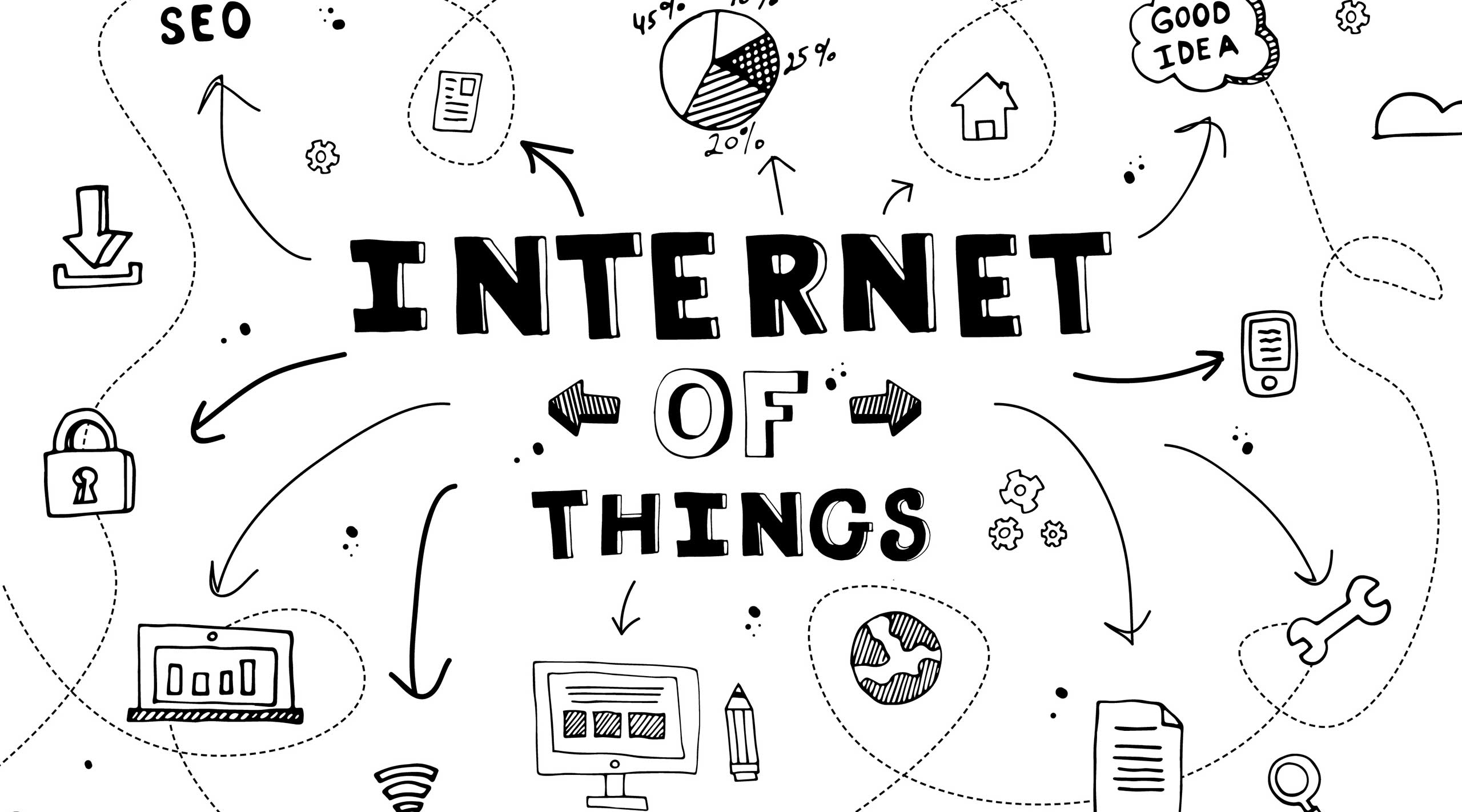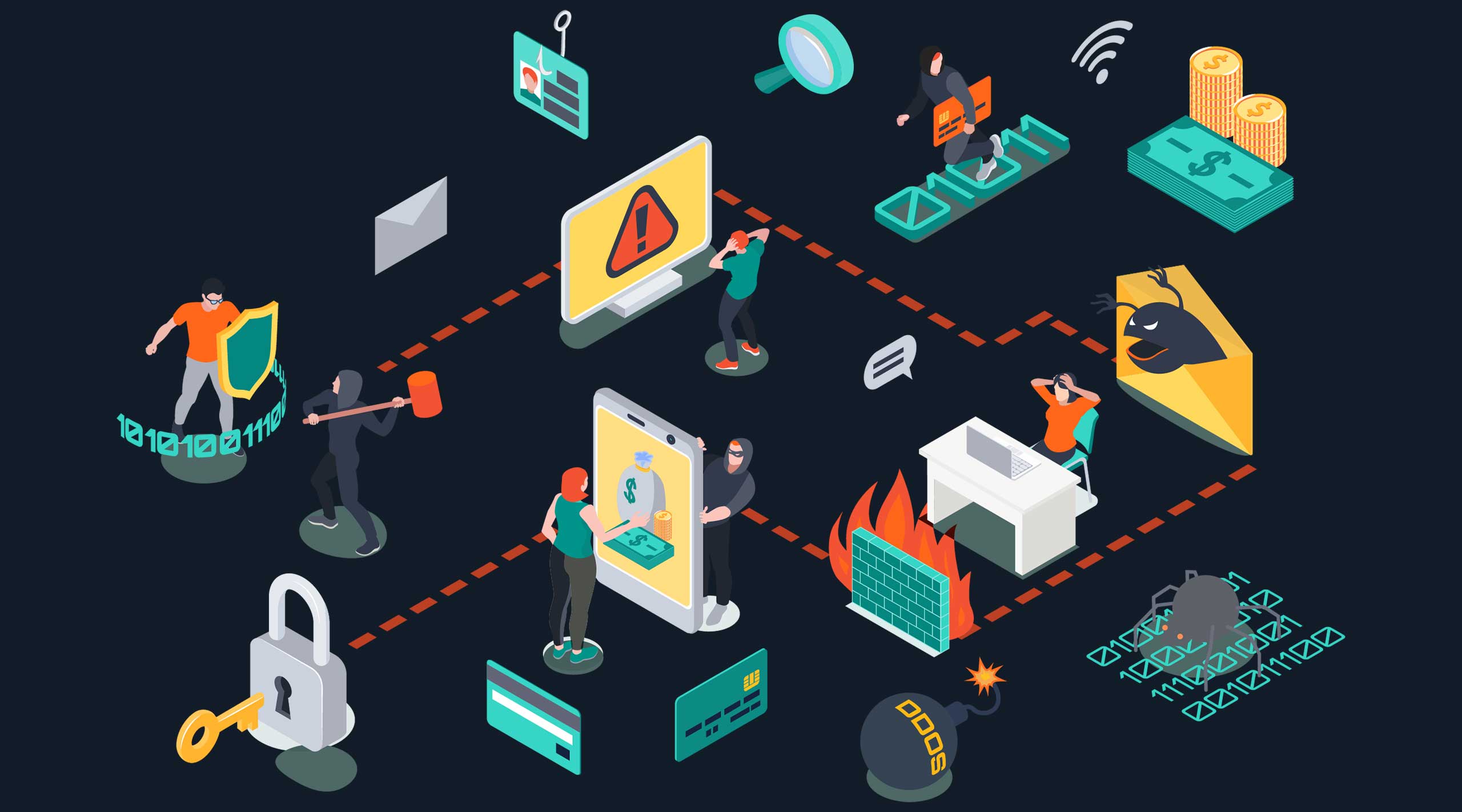
Protecting IoT Devices from Cyber Threats
In today’s interconnected world, the Internet of Things (IoT) has revolutionized the way we interact with technology. From smart homes to industrial automation, IoT devices have become ubiquitous, enhancing convenience and efficiency. However, with this proliferation comes a new frontier of cybersecurity challenges. As the threat landscape evolves, safeguarding IoT devices from cyber threats has become paramount. In this blog post, we’ll delve into the unique challenges associated with securing IoT devices and explore strategies to mitigate cyber risks.
Understanding the IoT Landscape
Before diving into cybersecurity considerations, it’s essential to understand the diverse ecosystem of IoT devices. These devices encompass a wide range of technologies, including sensors, actuators, wearables, and smart appliances, all interconnected to gather and exchange data. The sheer diversity and interconnectedness of IoT devices pose significant security challenges, as they often operate on heterogeneous platforms with varying levels of security measures.
Challenges in Securing IoT Devices
- Diversity of Devices: IoT devices come in various shapes, sizes, and functionalities, making it challenging to implement uniform security measures across the ecosystem. From consumer-grade smart devices to industrial control systems, each device presents unique vulnerabilities that malicious actors can exploit.
- Limited Resources: Many IoT devices have limited computational power, memory, and battery life, constraining their ability to implement robust security mechanisms. This limitation makes them susceptible to attacks such as brute force, malware injection, and denial-of-service (DoS) attacks.
- Lack of Standardization: The absence of universal standards for IoT security exacerbates the challenge of securing these devices. With different manufacturers implementing disparate security protocols, interoperability issues arise, leaving gaps in the security posture of IoT ecosystems.
- Data Privacy Concerns: IoT devices collect vast amounts of sensitive data, ranging from personal health information to industrial production data. Ensuring the privacy and integrity of this data is crucial to prevent unauthorized access and potential breaches.
Strategies for IoT Security
Despite these challenges, several strategies can enhance the security of IoT devices and mitigate cyber threats:
- Implement Robust Authentication: Strong authentication mechanisms, such as multi-factor authentication (MFA) and certificate-based authentication, can prevent unauthorized access to IoT devices and networks.
- Encrypt Data in Transit and at Rest: Utilize encryption protocols such as Transport Layer Security (TLS) and Advanced Encryption Standard (AES) to protect data both during transmission and storage. Encryption ensures data confidentiality and integrity, safeguarding against eavesdropping and tampering.
- Regular Patching and Updates: Keep IoT devices up-to-date with the latest firmware patches and security updates. Timely patching helps address known vulnerabilities and strengthens the device’s resilience against emerging threats.
- Network Segmentation: Segment IoT devices into separate network zones to contain potential breaches and limit lateral movement by attackers. Implementing firewalls and access controls between network segments adds an additional layer of defense.
- Monitor and Analyze Device Behavior: Deploy intrusion detection systems (IDS) and security analytics tools to monitor IoT device behavior for anomalies and malicious activities. Real-time detection and response capabilities are essential for mitigating cyber threats in dynamic IoT environments.
- User Education and Awareness: Educate users about best practices for IoT security, including the importance of strong passwords, regular updates, and cautious device configuration. Promote a security-conscious culture to empower users in protecting their IoT ecosystem.
Securing IoT with SEC1
At SEC1, we recognize the critical importance of securing IoT devices in today’s interconnected world. Leveraging our expertise in cybersecurity, we offer comprehensive solutions tailored to safeguard IoT ecosystems from emerging threats. With the world’s largest vulnerability database and the fastest vulnerability scanner, SEC1 delivers actionable insights and proactive security measures to mitigate risks effectively.
Our cloud security solutions provide smart, adaptive defenses to protect IoT deployments in dynamic cloud environments. Additionally, our penetration testing services offer rigorous assessments to identify and remediate vulnerabilities in IoT infrastructure, ensuring robust security posture across the board.
As the adoption of IoT devices continues to soar, protecting these interconnected systems from cyber threats is imperative. By understanding the unique challenges and implementing proactive security measures, organizations can mitigate risks and harness the full potential of IoT technology securely. With SEC1’s cutting-edge cybersecurity solutions and expertise, businesses can fortify their IoT ecosystems and stay ahead of evolving threats.
References:
- Help Net Security. (2022). Most IoT devices ship vulnerable to attack, lacking basic security features.
- Microsoft. (2022). Internet of Things security architecture.

